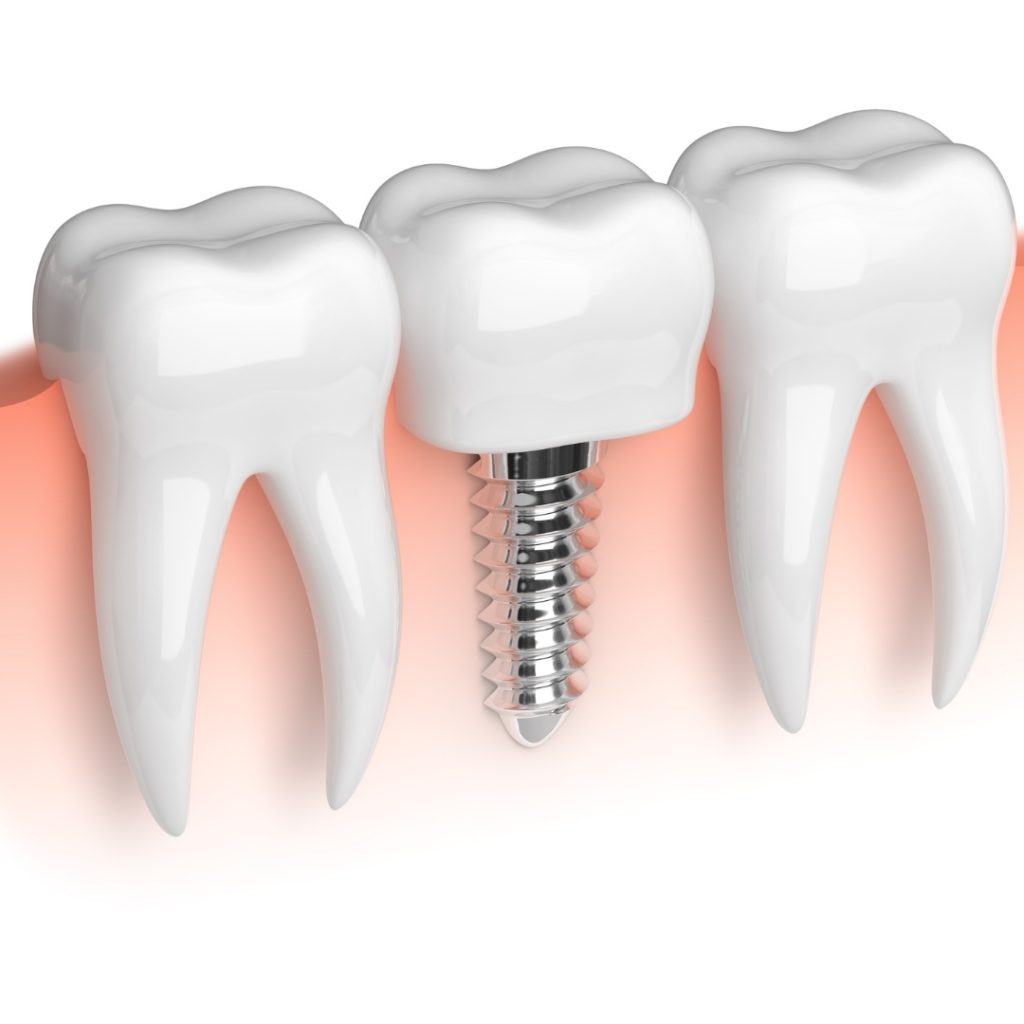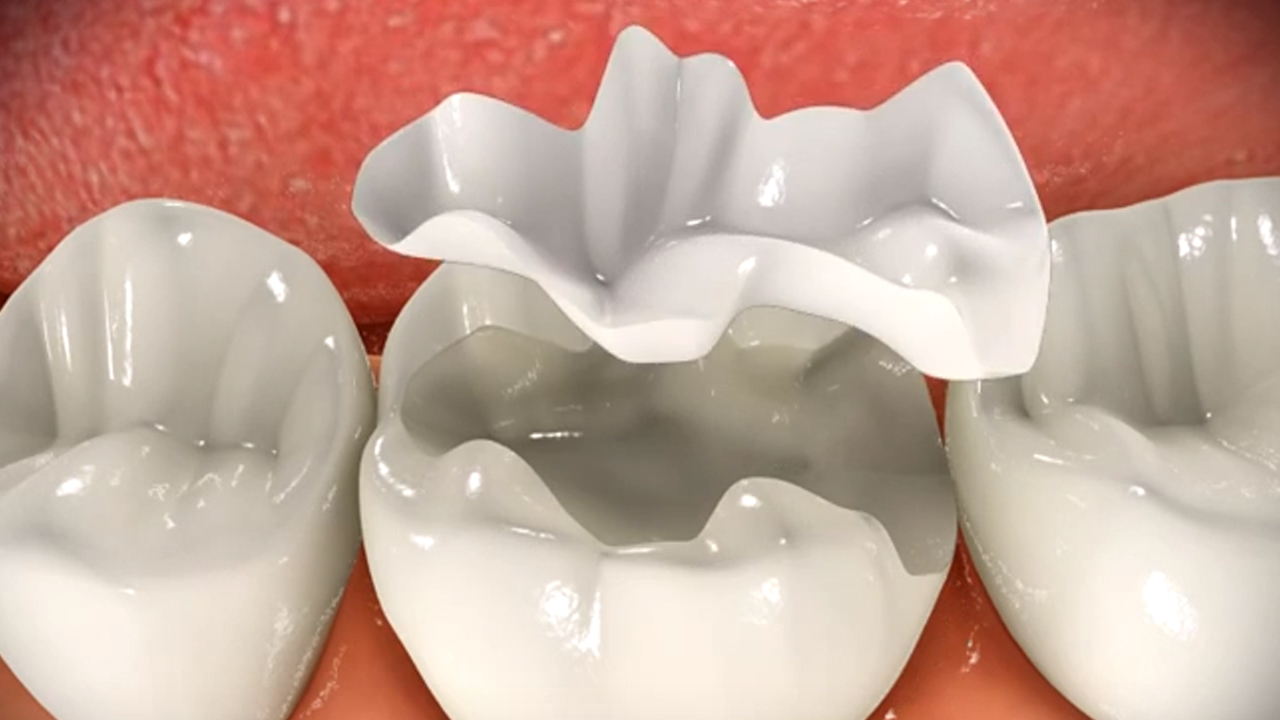As a team of dental professionals, we’ve witnessed the transformative effects of dental implants on our patients’ smiles.
Dental implants have revolutionized restorative dentistry by providing a natural-looking solution for missing teeth. With their ability to closely mimic the structure and aesthetics of natural teeth, dental implants create a strong and stable foundation that seamlessly blends with the surrounding teeth.
Dental implants stand as a transformative solution for those seeking to rejuvenate their smiles and oral health. This innovative procedure, administered by the skilled professionals at Richter Dental, involves the precise placement of titanium posts into the jawbone, serving as a robust foundation for artificial teeth. By combining cutting-edge technology with a commitment to personalized care, Richter Dental specializes in restoring smiles through the advanced methodology of dental implants.
Through meticulous planning and skillful execution, dental implants can be virtually indistinguishable from natural teeth, offering patients a confident and authentic smile.
TLDR
- Dental implants are designed to blend seamlessly in the mouth, mimicking the structure of natural teeth.
- The quality of dental implant materials greatly impacts the natural appearance of implants.
- Proper placement by a skilled dentist is crucial for a natural-looking result.
- Customization options for implant shape and color matching contribute to a seamless appearance.
Understanding Dental Implants’ Natural Appearance
When it comes to understanding the natural appearance of dental implants, there are several factors that influence their look.
Mimicking the structure of natural teeth, dental implants are designed to blend seamlessly in the mouth.
Factors Influencing the Natural Look of Dental Implants
When it comes to the natural look of dental implants, two key factors play a crucial role: the quality of the dental implant materials and the importance of proper placement.
The quality of the materials used in the implant, such as titanium, can greatly impact the final result.
Additionally, the skill and precision of the dentist in placing the implant can determine how seamlessly it blends in with the surrounding teeth.

Quality of Dental Implant Materials
To achieve a natural look, the quality of dental implant materials plays a crucial role. When choosing materials for dental implants, factors such as durability and aesthetics must be considered. The selection of implant materials directly impacts the natural appearance of the implants.
It’s important to prioritize material quality as it can influence the long-term effects of the implant, its success, and patient satisfaction. Additionally, material cost and affordability are also significant considerations in the decision-making process.
The Importance of Proper Placement
Proper placement is crucial for achieving a natural appearance when it comes to dental implants. The importance of precision can’t be overstated, as it directly affects implant success rates and patient satisfaction.
Factors such as bone density requirements, healing time, and implant stability play a significant role in achieving optimal results. Dentists utilize various implant placement techniques to ensure proper implant integration and to avoid complications.
Mimicking Natural Teeth with Dental Implants
When it comes to mimicking natural teeth with dental implants, two important considerations are customization and shape matching.
Dental implants can be customized to match the size and shape of the surrounding teeth, ensuring a seamless appearance.
Additionally, color and texture matching are crucial in achieving a natural look, as the crown attached to the implant should blend seamlessly with the rest of the smile.
Customization and Shape Matching
While dental implants are often considered the most natural-looking tooth replacement option available, one key factor that contributes to their realistic appearance is customization and shape matching.
This involves several important considerations, including customization options for implant shape and color matching, proper placement to ensure aesthetic results, and texture matching for a seamless blend with surrounding teeth.
Additionally, choosing the right implant materials is crucial for long-term appearance and maintaining optimal gum health.
Considerations for Color and Texture Matching
We carefully consider color and texture matching to ensure that dental implants have a natural appearance. Shade selection and material selection are crucial in achieving a seamless blend with the surrounding teeth. Additionally, factors like bone density and gum health play a role in implant angulation, crown contour, and occlusion adjustment. Long-term maintenance is also important to preserve the natural look of the implants. Below is a table summarizing the key considerations for color and texture matching.
| Key Considerations |
|---|
| Shade selection |
| Material selection |
| Bone density |
| Gum health |
Achieving Natural Results with Dental Implants
When it comes to achieving natural results with dental implants, there are two key points to consider.
First, maintaining gum health around the implants is crucial for ensuring a natural appearance. Healthy gums provide a seamless transition between the implant and the surrounding teeth, creating a harmonious smile.
Second, the long-term aesthetics of dental implants require careful planning and execution. The size, shape, and color of the crown should be designed to match the surrounding teeth, ensuring a seamless blend and a natural-looking smile.
Maintaining Gum Health Around Implants
To ensure the natural appearance of dental implants, it’s crucial to maintain gum health around the implants. Here are some key tips for maintaining gum health:
- Practice good oral hygiene, including regular brushing and flossing techniques.
- Prevent gum disease by using antibacterial mouthwash and avoiding tobacco products.
- Schedule regular dental check-ups and professional cleanings to monitor implant maintenance.
- Follow gum health tips provided by your dentist to keep your implants looking natural.
- Enjoy the benefits of healthy gums, such as improved overall oral health and a confident smile.
Long-Term Aesthetics of Dental Implants
In order to achieve natural results with dental implants, it’s essential to understand the long-term aesthetics of these implants.
Factors such as long term durability, implant success rates, bone integration, soft tissue aesthetics, and implant crown longevity play a significant role in achieving a natural appearance.
Additionally, considering implant supported bridge options, maintenance and oral hygiene, patient satisfaction, impact on speech and chewing, and restoring facial aesthetics are crucial for achieving optimal long-term aesthetics with dental implants.
Frequently Asked Questions
How Long Do Dental Implants Typically Last Before Needing to Be Replaced?
Dental implants typically last a long time before needing replacement. Factors such as success rates, maintenance requirements, and implant durability affect lifespan variations. Signs of implant failure may include pain or loosening. Replacing failed implants is an option.
Are There Any Dietary Restrictions or Special Care Instructions for Dental Implants?
There are no specific dietary restrictions after dental implants, but maintaining good oral hygiene is crucial. Some people may experience temporary chewing difficulties, but adjusting to the implants’ feel and functionality is possible. Regular dental check-ups and cleanings can help maintain their appearance.
Can Dental Implants Be Used to Replace Multiple Missing Teeth?
Yes, dental implants can be used to replace multiple missing teeth. Implant-supported dentures and bridges, as well as full arch dental implants, are options to restore your smile. The success rate is high, but careful maintenance is needed.
Are Dental Implants a Suitable Option for Patients With Gum Disease or Bone Loss?
Dental implants may be suitable for patients with gum disease or bone loss, but a suitability assessment is needed. Alternative options and their success rates should be considered. Long term effects, maintenance requirements, and individualized treatment plans are important. Impact on oral health, patient satisfaction, potential complications, and the need for bone grafting should also be discussed.
What Is the Average Cost of Dental Implants, and Are They Covered by Insurance?
Dental implant success rates, alternatives, factors affecting cost, financing options, step-by-step procedure, benefits over dentures, maintenance, aftercare, complications, risks, specialists, choosing the right provider, success stories, and patient testimonials are important when considering dental implants.













